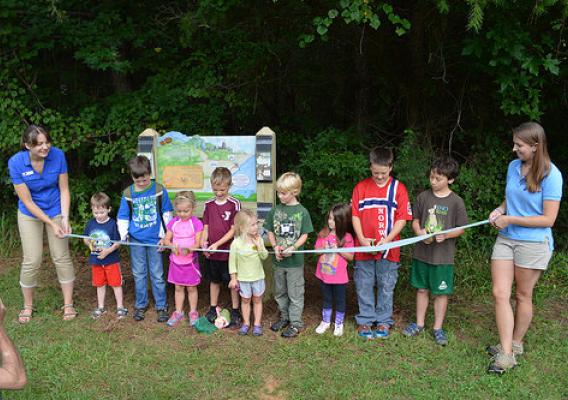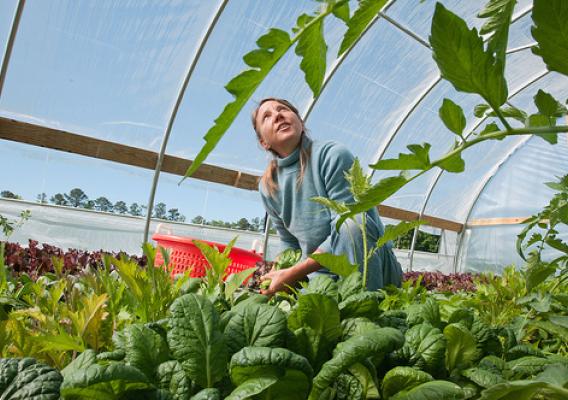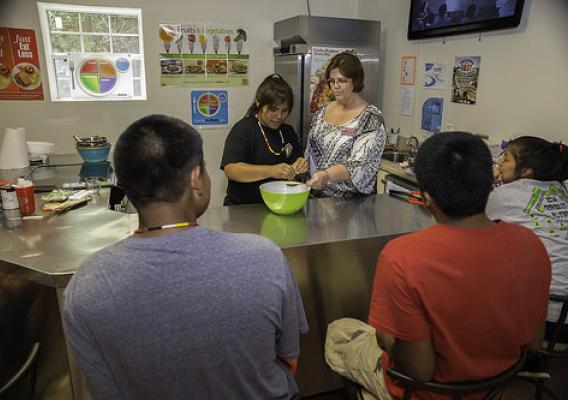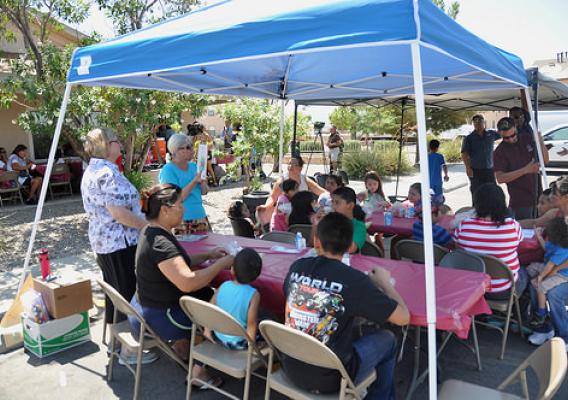Today’s Cafeteria Stories contribution comes from Dr. Robert Lewis of the El Monte School District in Southern California. Dr. Lewis describes the success that his urban school district has had with school gardening, and how gardening helps to transform the food culture among students who were previously unaware of the origins of food. His district is making great strides in improving the school nutrition environment, thanks in part to support from the Alliance for a Healthier Generation.
By: Dr. Robert Lewis, Director of Nutrition Services, El Monte School District
The majority of the more than 1,000 students that attend Durfee School—part of El Monte School District, east of Los Angeles, California—have lived their entire lives in urban neighborhoods without access to farms or fields. It’s ironic that our school is named after James R. Durfee, a rancher and farmer who grew vegetables, grain, walnuts, and fruit. But until several years ago, Durfee students didn’t know where food came from, aside from the supermarket or the corner store.
When we joined the Alliance’s Healthy Schools Program and decided to improve the healthfulness of the food we serve to our students, we started by getting our hands dirty. As the director of nutrition services for El Monte School District I knew that kids are more likely to try new foods if they are involved in the process and learn why it is important. I invited local farmers to school to plant seedlings with the students. Once kids saw how broccoli or red cabbage grows, you can bet they wanted to taste them both in the garden and in the cafeteria.









